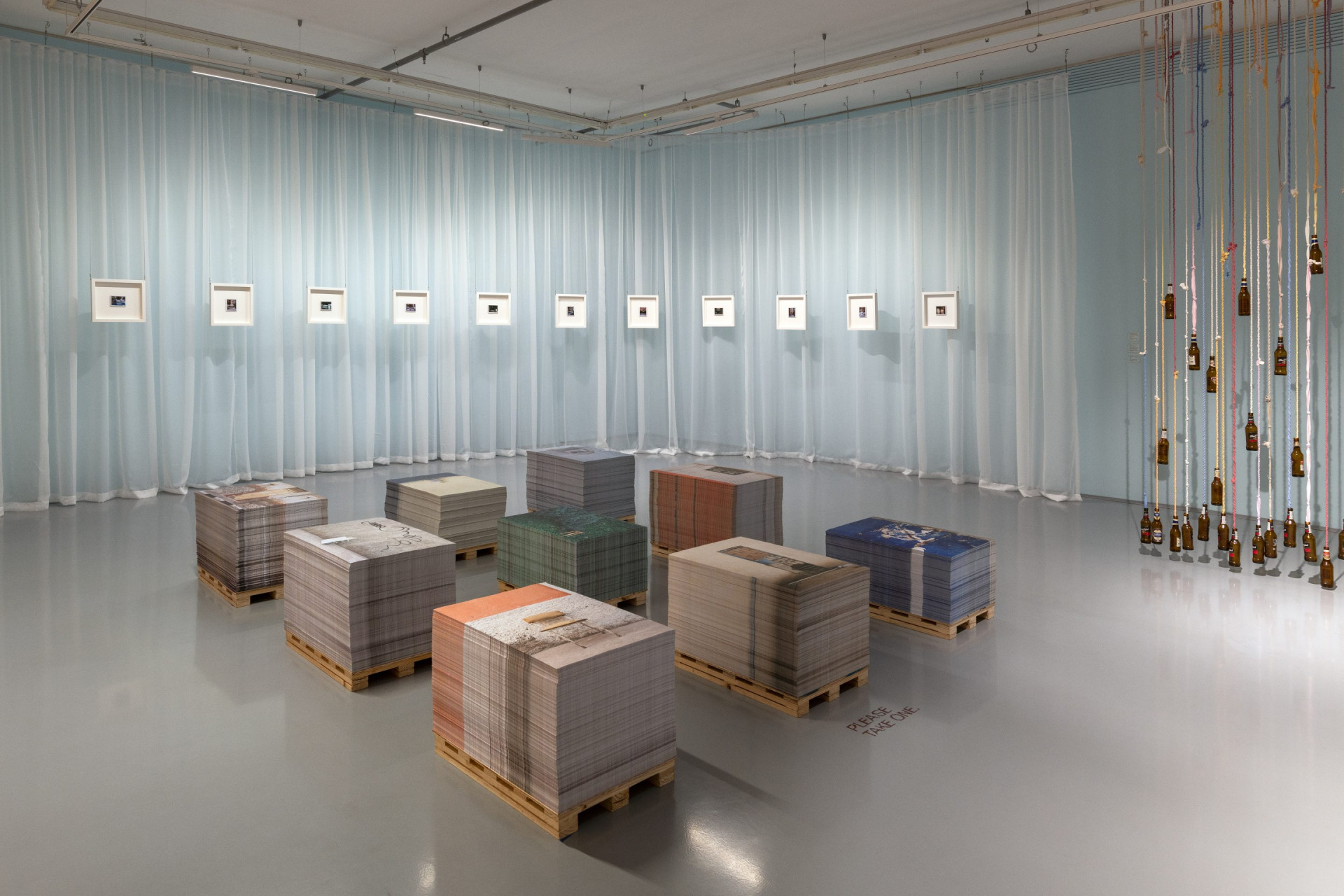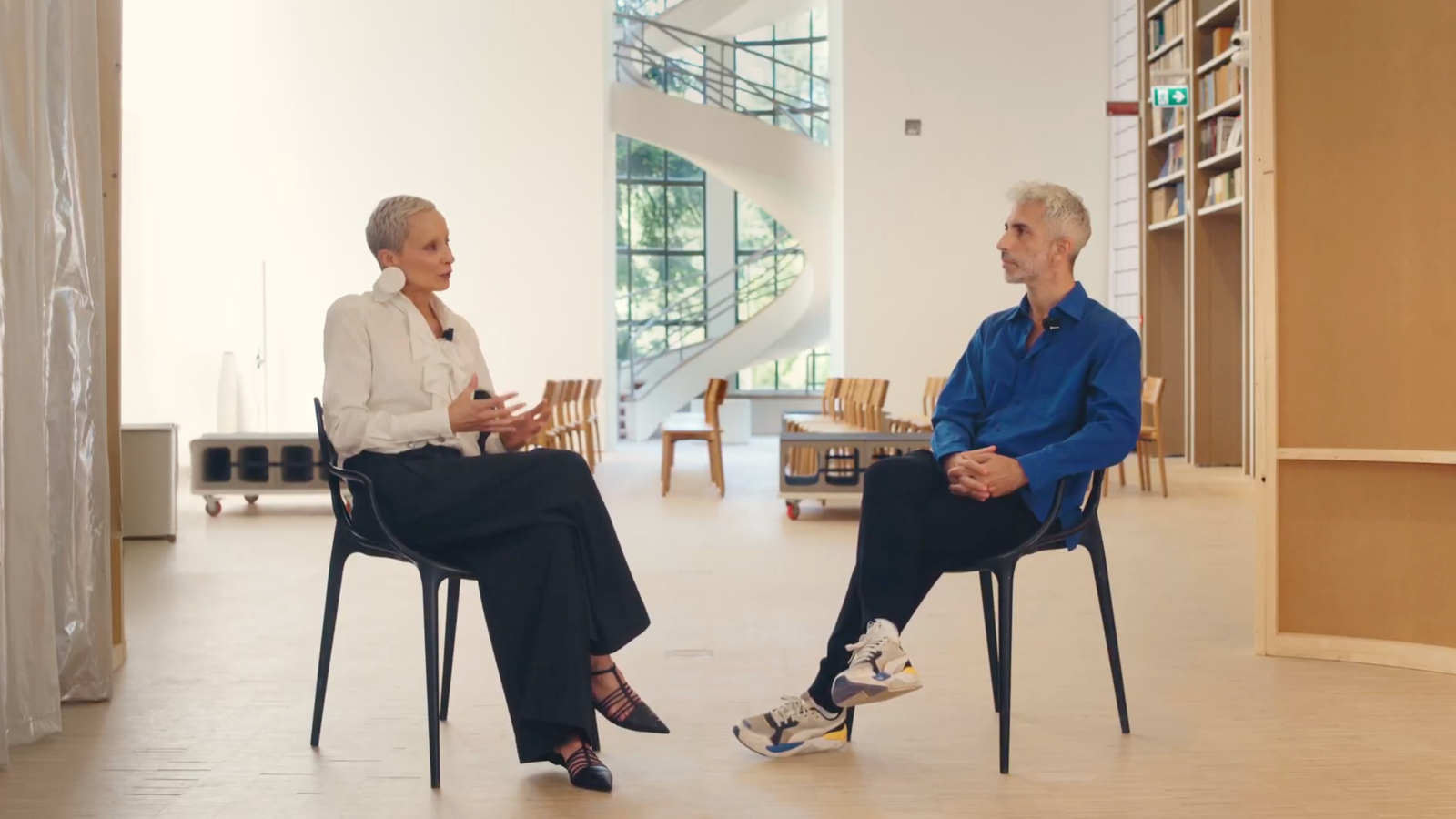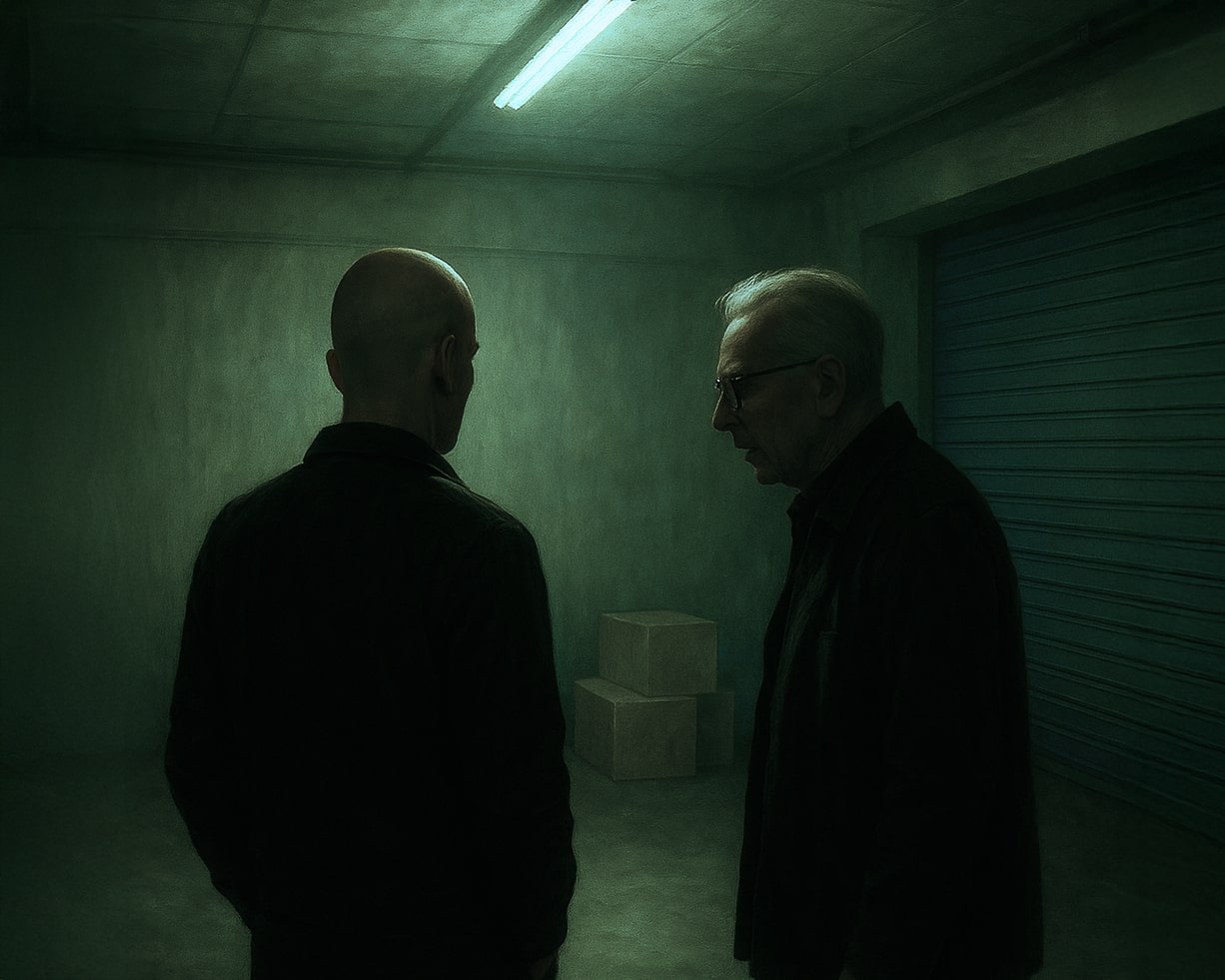
From Grain Silo to Art Cathedral: The Story of Cape Town’s Zeitz MOCAA
How a disused grain silo on Cape Town’s waterfront became Africa’s largest museum dedicated to contemporary African and diaspora art.
In the port district of the Victoria & Alfred Waterfront in Cape Town, a former grain silo has become one of the most ambitious museums on the African continent: the Zeitz Museum of Contemporary Art Africa, known as Zeitz MOCAA. Opened in 2017, it is the largest institution in the world dedicated exclusively to contemporary African art and art from the diaspora. The building occupies a former maize silo dating back to 1924, repurposed by the architecture firm of Thomas Heatherwick through a project that quickly became an international case study. The result is a monumental space of over 9,500 square meters, spread across nine floors and multiple galleries, where the original industrial architecture coexists with new visual solutions. One example is the imposing central atrium, carved directly into the concrete cylinders and lit by large glass windows. The goal? To bring African artistic production back to the center of the global art scene, creating a museum hub of reference for the entire continent.
The patron behind the project is Jochen Zeitz, former CEO of Puma and a passionate collector of African art. In the early 2000s, he began collecting works by African and diasporic artists, eventually becoming the museum’s principal promoter. His collection was loaned to MOCAA, and the funds for the renovation (over 500 million South African Rand, equivalent to about 30 million Euros) came from a partnership between Zeitz and the V&A Waterfront consortium.
Since its opening, however, the institution has not been free from criticism. Some observers have pointed out that, despite the narrative of cultural restitution and inclusion, ownership of the collection remains private, and the museum’s management has not always been transparent. In particular, for several years no detailed financial reports were published, in contrast with South African regulations for non-profit entities. The ticket price (around 12.00 Euros) also sparked controversy: too high for much of the local population, although free entry was later introduced for residents and students.
 Zeitz MOCAA, outdoor
Zeitz MOCAA, outdoor
The tension between ambition and accessibility came to a head in 2018, when the first executive director, Mark Coetzee, was suspended and then removed following internal complaints about alleged abuses of power and a lack of inclusivity in management. In 2019, the board was restructured, and Koyo Kouoh, a Cameroonian scholar of international renown, was appointed executive director and chief curator. Kouoh gave the museum a strong and politically clear curatorial direction, launching impactful exhibitions such as When We See Us: A Century of Black Figuration in Painting and strengthening the institution’s educational role. Among the most innovative projects was certainly MOCAA On The Move, a mobile museum designed to bring art to more peripheral schools, along with a scholarship program to train African curators in collaboration with the University of the Western Cape. Her work, however, was suddenly interrupted on May 10, 2025, with her passing at just 57 years old. Kouoh had also been appointed curator of the 2026 Venice Biennale, and her death left a huge void in the international art world. The museum commemorated her on May 29, 2025, with a day filled with tributes, performances, and dedicated installations.
 Zeitz MOCAA, permanent collection
Zeitz MOCAA, permanent collection
Today, Zeitz MOCAA continues to operate along the path set by Kouoh, while also grappling with the challenges that have been evident from the beginning: the relationship between public and private, cultural accessibility, and the genuine participation of local communities. It is an important museum—one of the few in the world to provide structured space and resources to African creativity—but it remains a young institution in constant transformation. It is not a grassroots project, but it can still become a model of reference if it knows how to listen to the context in which it is embedded. That is its true challenge: to transform itself from an architectural icon into a cultural platform capable of generating real and lasting impact.
Cover image: Zeitz MOCAA indoor space
A radio and television personality, digital content creator, writer for various newspapers and author of the book ‘Arte Queer. Corpi, segni, storie’ published by Rizzoli, Elisabetta Roncati has decided to combine a university business/management education and a passion for culture with a single goal: to bring people closer to art in a clear, easily understandable and professional manner. Interested in all forms of artistic and cultural expression, contemporary and otherwise, she has two great passions: non-European art and civil rights. In 2018 she founded the registered trademark Art Nomade Milan with which she is involved in digital dissemination on the main social media (Instagram and Tik Tok @artnomademilan).



